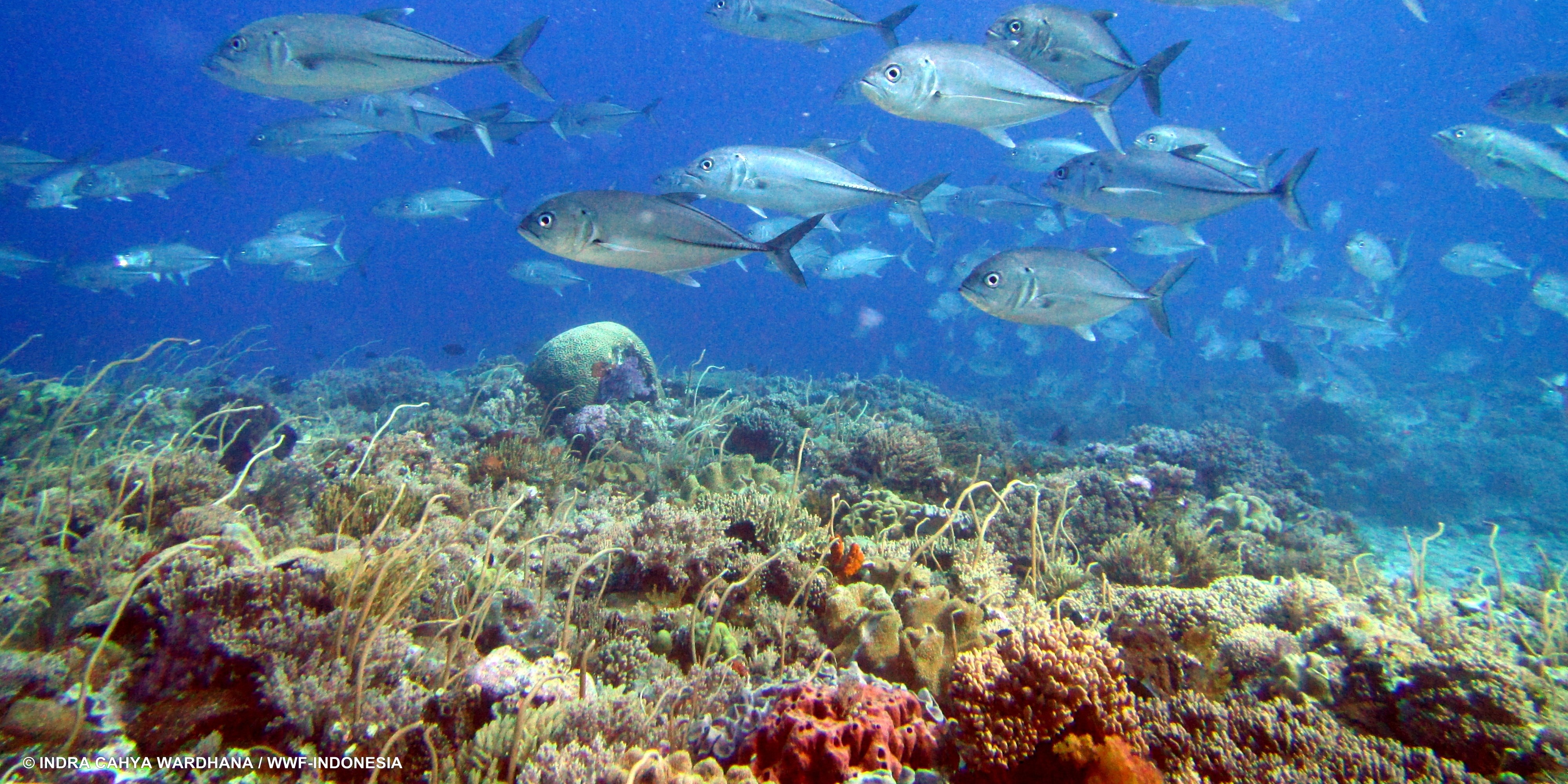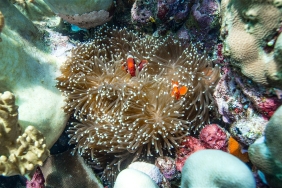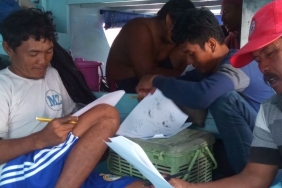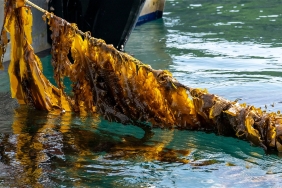#XPDCMBD: ART OF RAPID SURVEY ACTIVITIES (1)
Author: Estradivari (WWF-Indonesia)
This is not the first time WWF-Indonesia has conducted rapid survey activities. However, although we feel that we already have enough field experience, learning, and tips and tricks regarding the implementation of this rapid survey activity, it turns out that each implementation is always like a new experience.
The fact that the research area is in a remote area, with minimal access to data and information and phone signals that always 'come and go', was a challenge for WWF-Indonesia - as the organizer of the Southwest Maluku expedition - in preparing data collection protocols. In addition, this time the team contained only subject matter experts and was not accompanied by a local facilitator from the relevant government agency who could have assisted in "paving the way" to the sample village head.
Today (4/11) is our fourth day of sailing and we have visited two villages, Ustutun Village on Liran Island and Yewuru Village on Kisar Island, which means there are still six villages left out of the target eight. In Ustutun Village, the Land Team was immediately welcomed by the village head and the villagers. We had more than 24 people interested in participating in discussions on marine resource utilization and management. Most of the participants were quite shy and did not speak much, making it quite difficult for the team to dig up information. The team decided to divide the participants into groups and conduct small focus group discussions (FGDs) and key informant interviews.
However, we had a different story when collecting social and fisheries data on Kisar Island. We visited the sub-district office first to formally request permission to enter the target village. Unfortunately, the representative from the sub-district office informed us that we would have to wait a day until the sub-district head returned from a business trip to provide a letter that we could use to enter the village. However, the team could not stay too long on Kisar Island.
We were only able to visit the nearby fish market and interview some of the fishermen we met. We were fortunate enough to meet with the village head of Yewuru and had the opportunity to briefly ask him about the village profile. Since no FGDs were held, the items we usually use for FGDs were filled while interviewing the fishermen present.
Although these two villages are in the same district, it turns out that the characteristics of the people are very different. This requires us to be more creative and adaptable to all situations so that data collection can continue to run smoothly and consistently.
There are still at least six villages that we must visit in the next few days. I can't wait to see how exciting data collection will be in the next villages!





